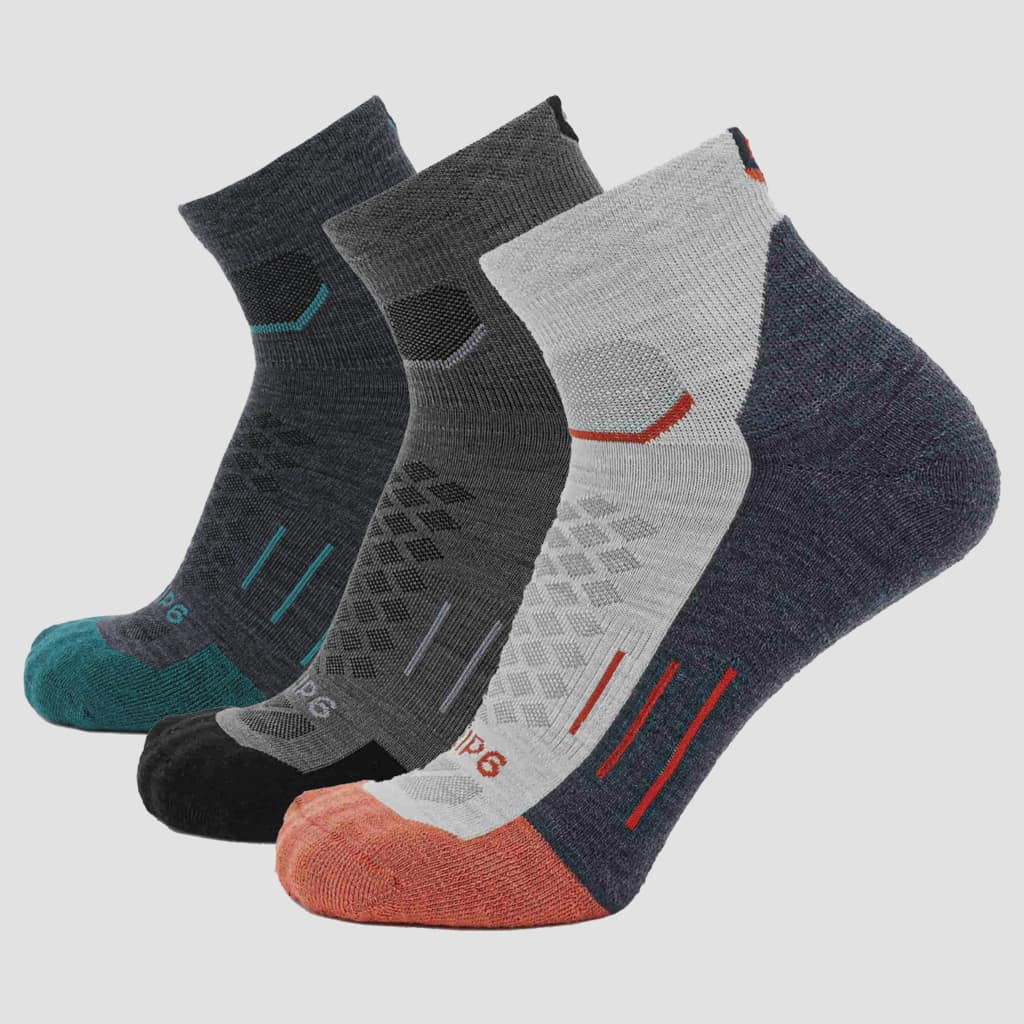Bruce Springsteen’s “Nebraska” permeates the scattered conversation happening inside my pick-up. My wife and two sons are making our way through one of the flattest stretches of road I’ve ever been on, and for a moment, I tune out the voices and dial into the music. First, the muttering in the back seat, then the hum of tires on pavement, each is drowned out as I drift into some other place.
Then, like a right hook to the nostrils, it hits me.
The smell of billions of dead brine shrimp, rotting on the exposed mudflats on either side of the Farmington Bay causeway. This natural phenomenon gives the Great Salt Lake it’s olfactory signature. From the city, the smell is somewhat oceanic, at the source it’s a little more intense.
In what has become somewhat of a spring tradition in our family, we’re headed to Antelope Island, the lakes biggest, and the only island that boasts one of the oldest and largest publicly owned buffalo herds in the United States. The herd is managed by the Utah Division of Wildlife Resources and numbers between 500 and 700 animals. In fact, there are three buffalo for every antelope on Antelope Island.
When you leave the causeway and drive up onto the island itself, the first thing you notice is the grass. In the spring, the grass is incredibly green, seemingly out of place when thrown against the backdrop of the still snow-covered peaks that make up the towering Wasatch Front. The grass is everywhere and off in the distance, a few brown lumps can be seen, heads hung low, either oblivious to our presence or simply indifferent. If happy cows come from California, happy buffalo come from Antelope Island.
My kids and I hike a narrow trail that traverses a small grassy bowl to a rocky bluff on the eastern side of the island. Below us we can see as many as fifty buffalo grazing within a few hundred yards. Perched on a small outcropping of limestone, with no fence between us, I marvel at the symbiotic relationship between the desert prairie and these amazing animals.
Though the two are perpetually intertwined, the story isn’t just about the buffalo, it’s also about the vast prairies that sustained them for hundreds of years. Buffalo and the prairie are like peanut butter and jelly, but the buffalo have been effectively stealing the limelight for as long as people have been writing about the American West. Understandable though it may be, (let’s face it, when looking into the eyes of a 1,400lb American icon, it’s hard to wax poetic about the grass) the real hero might be the native prairie.
Like many things, it’s not the obvious that ends up making the difference. Rather, it’s what you can’t see, the complex root structure lying beneath the soil that may just provide one of the keys to the human habitation equation.
Prairie grasses by nature are perennial, require no irrigation, and survive by putting down some of the deepest roots you’ve ever seen. Some species sending them as far as 15 feet into the soil. They can be grazed, cut, burned, or frozen, and within days they will begin to restore themselves with no help from you or I. The added bonus to that complex root structure is its ability to sequester carbon at a rate no irrigated crop could ever hope to achieve. Irrigated crops like corn and soy, have comparably shallow root structures that feed on water at the surface.
When the American migration pushed west, plows were being pulled through the ground at a record pace, cutting centuries of carbon friendly root structure in favor of irrigated crops like alfalfa, peas, beans, and wheat. By 1930, so much of the Midwestern prairie was plowed under that after several years of drought, the unstable exposed soil became a fine powder that ultimately set the stage for the “Dust Bowl” era where as much as 75% of the topsoil in Midwestern states was blown away.
We’ve learned a lot since then, and we still need our food crops to sustain life in this country and abroad; however, something curious has been going on with American agriculture that scientists now believe may require a shift in consumer attitudes to remedy. In order to realize a shift, there has to be an element of awareness brought on by education.
Over the last several decades, the U.S. has fostered agricultural incentives that persuade farmers to till up additional grasslands in favor of corn production. Rates of grassland conversion to corn and soy crops across the U.S. are comparable to the deforestation rates during the 1980’s and 1990’s in countries like Brazil, Malaysia, and Indonesia, countries in which tropical forests were the principal sources of new agricultural land. The resulting influx has made the U.S. the leading manufacturer of corn, producing $52.4 billion in revenue in 2014, more than double the production in 1997.
Though corn is America’s number one agricultural cash crop, it is nowhere near our number one export. That distinction is given to the almighty soy bean, producing $25.4 billion in export revenue in 2016. Corn exports paled in comparison at just $9.2 billion in the same year.
So if one out of every two farmers is growing corn in the U.S., and we’re only exporting 9.2 billion, where is it all going?
Only 17 years ago, over 90% of the U.S. corn crop went to feed people and livestock, many in undeveloped countries. In 2013, however, 40% went to produce ethanol, 45% was used to feed livestock, and only 15% was used for food and beverage (AgMRC).
So where is the corn going?
Ethanol and livestock feed.
The primary livestock application for corn is cattle feed. Now, I have nothing against cows. Fact is, I think they’re pretty tasty. That fact alone makes the challenge of competing against the global appetite for beef a daunting prospect. However, cattle require a lot more help to flourish than most people realize, especially in more northern climates. Think of a cow as that 27 year-old guy who can’t seem to leave his parents basement. He still lets his mom make his lunch and do his laundry. Cattle require support crops like alfalfa and corn to be grown, requiring irrigation, pesticides, farm equipment and costly infrastructure.
Buffalo on the other hand not only survive, but flourish in harsh environments like Yellowstone National Park, with no interference whatsoever from mankind. That means no hormones, no supplements, no hay, nothing. They do so well that in 2016, over 900 bison, more than the entire Antelope Island herd, needed to be slaughtered to keep the population from outgrowing the parks boundaries.
Though often practiced by cattle ranchers, buffalo don’t require grain finishing in feed lots. 100% of their diet can, and arguably should be natural prairie grasses from birth to harvest.
What could that do to our agricultural landscape?
At the very least it would slow down if not stop the plowing of remaining prairie grass acreage in favor of corn. At best, it would create additional prairie acreage for future managed buffalo herds to roam. That would conserve water, eliminate pesticide use, sequester substantially more carbon, and stabilize the soil, and the only change we’d have to endure is eating buffalo rather than beef.
Did I forget to mention that people love bison meat?
It’s true. Not only is the taste generally preferred over beef by a small margin, but it’s healthier too. Bison has more protein, less fat, and fewer calories than chicken, turkey, or fish.
So why are we involved?
The GRIP6 Conservation Series looks for ways that we can actively make a difference, either through hands-on involvement or by supporting existing organizations with proven track records and feet already on the ground. In this case, 10% of every Buffalo Buckle sold will be donated to a non-profit organization dedicated to improving the prairie landscape for the benefit of natural buffalo grazing habits. We are in negotiations with 3 different organizations that closely fit our philosophical intent and will select and announce that organization prior to paying out the bi-annual contribution from belt sales in December of this year.
So wear your Buffalo Buckle with pride knowing that you’re helping to make the world a better place. And don’t just take our word for it. Take some time to read up on the pros and cons of buffalo ranching and if you come to the same conclusions that we have, use your dollars to purchase bison meat from a reputable source. By supporting the growing demand for bison, you encourage ranchers everywhere to consider making the change.
Kevin Rogers
Wholesale Sales Manager, GRIP6 Belt Company







1 comment
Woody Woodard
As a Lakota Grandfather I will show each of my 5 Takojas this Buffalo buckle, as Buffalo Bill Codys great grandson I will wear it with both pride and humility, as for myself I thank you for the buckle and your thoughtful article. As all of watch for the herds to balance the grasslands, you are one who helps. While the cost is more than I ever thought I would pay for a belt I wonder, is it available in Gold. sincereley Woody Woodard
Leave a comment
All comments are moderated before being published.
This site is protected by hCaptcha and the hCaptcha Privacy Policy and Terms of Service apply.